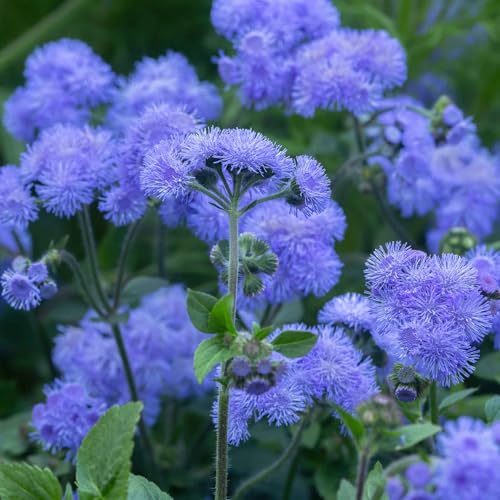How to grow flossflower – for a tough but pretty flowering plant that will ward off mosquitoes during summer
Purple flossflowers can help keep biting insects out of your yard
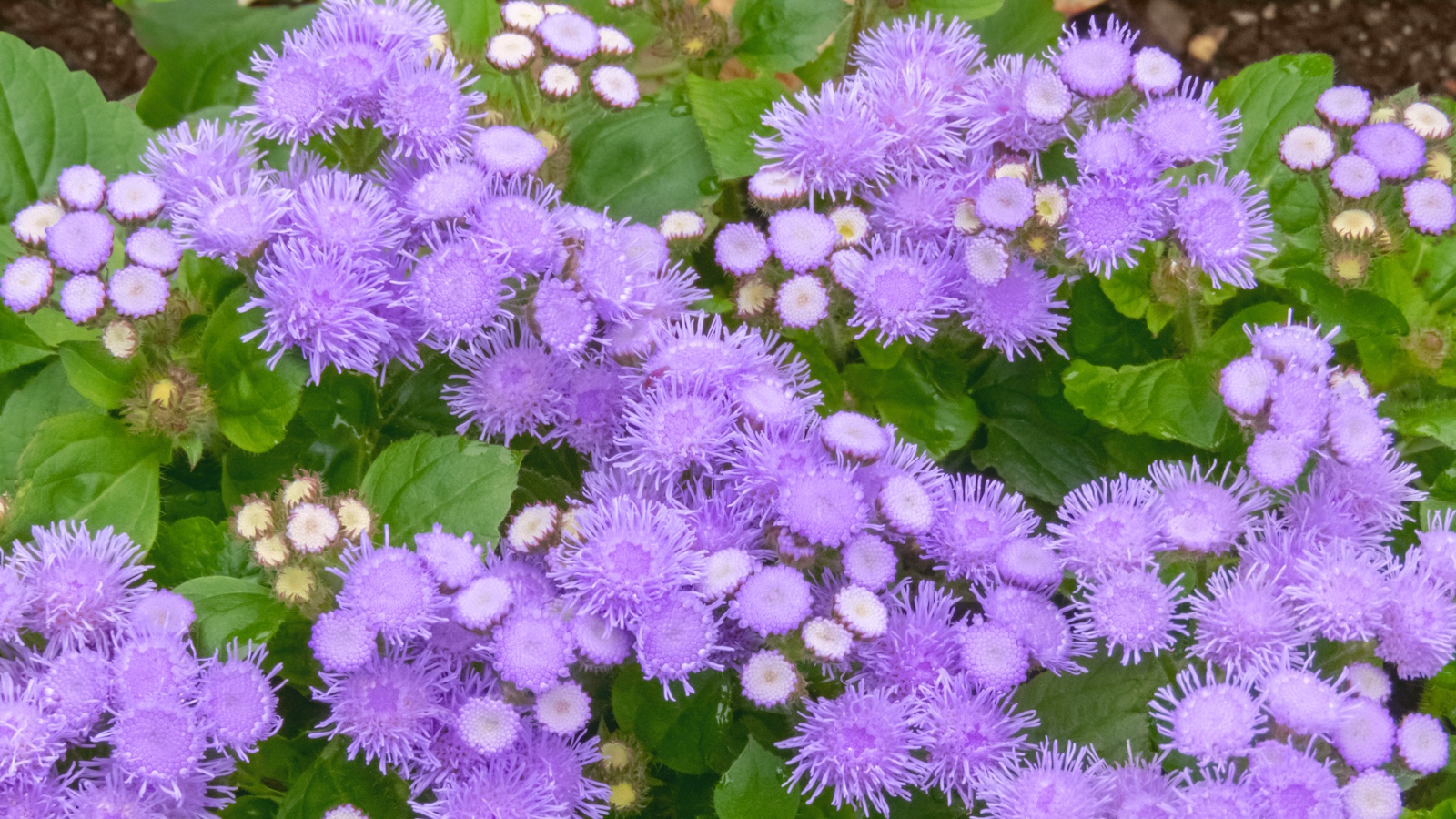

Flossflower, or Ageratum spp., is one of those plants that really does punch above its weight. With their fluffy pom-pom blooms in lilac and blue, they flower from July right through to the first frost, and even come with the added bonus of a mosquito-repelling aroma. Not bad for such a compact little plant.
I first came across flossflowers years ago, tucking them into a jumble of late-summer bedding alongside other bright, low-maintenance annuals. These half-hardy plants are often sold in nurseries through summer, and I’ve found they’re best in generous drifts. Mass them near a seating area, and you’ll get clouds of powder-blue flowers humming with pollinators long into the season.
Easy to grow and surprisingly versatile, flossflowers are annuals that thrive on neglect and will work in almost any-sized yard. Here’s everything I know about this colorful, useful little plant.
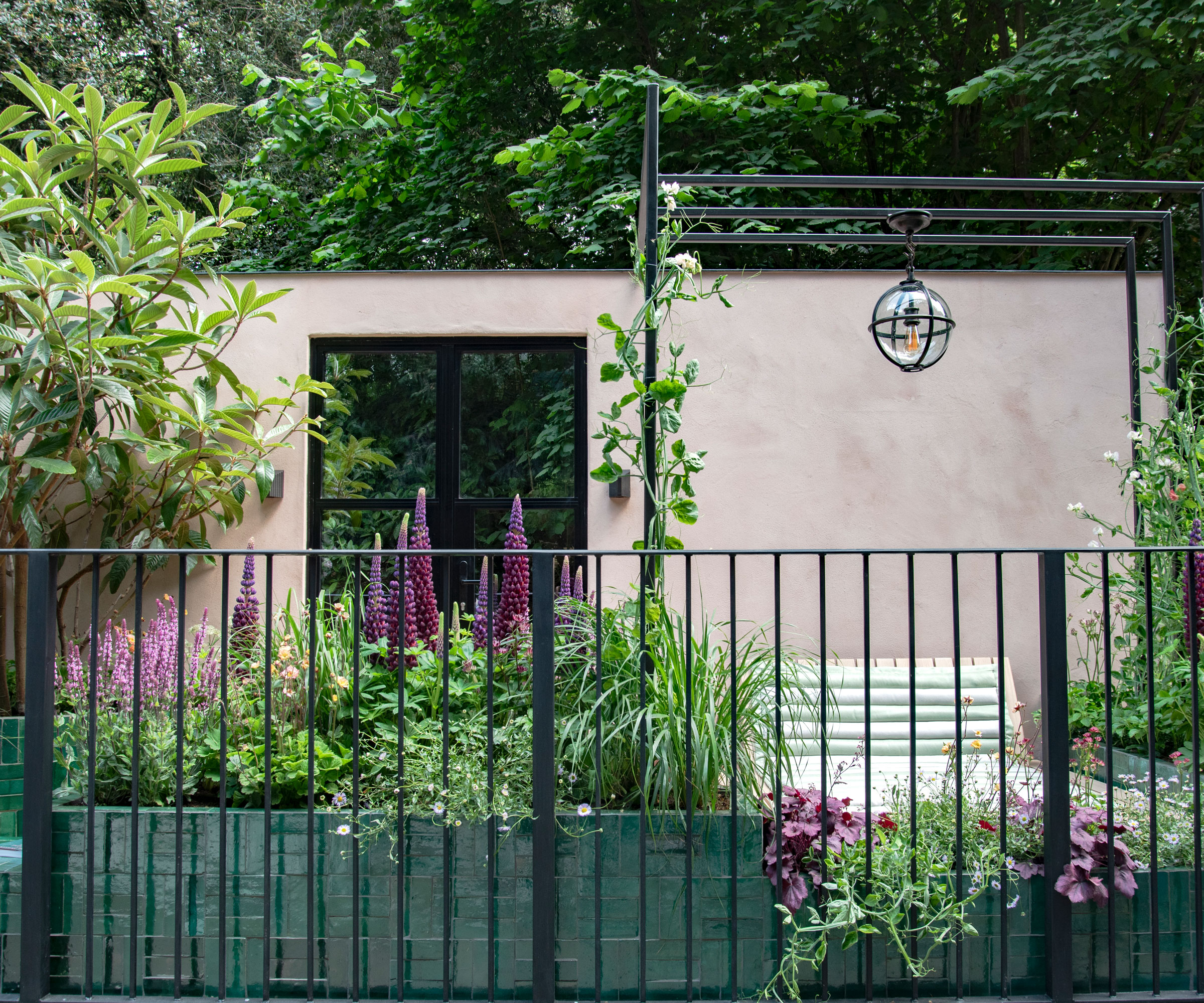
How to grow flossflower
This half-hardy annual, also known as the Mexican paintbrush, has been a bedding staple for decades. Its name is from the Greek 'ageratos', meaning 'not growing old', a nod to how well its blooms hold their color.
Cheerful, forgiving and largely self-sufficient, these fast-growing flowering annuals are ideal for injecting color and impact into any space.
Growing habits of flossflowers
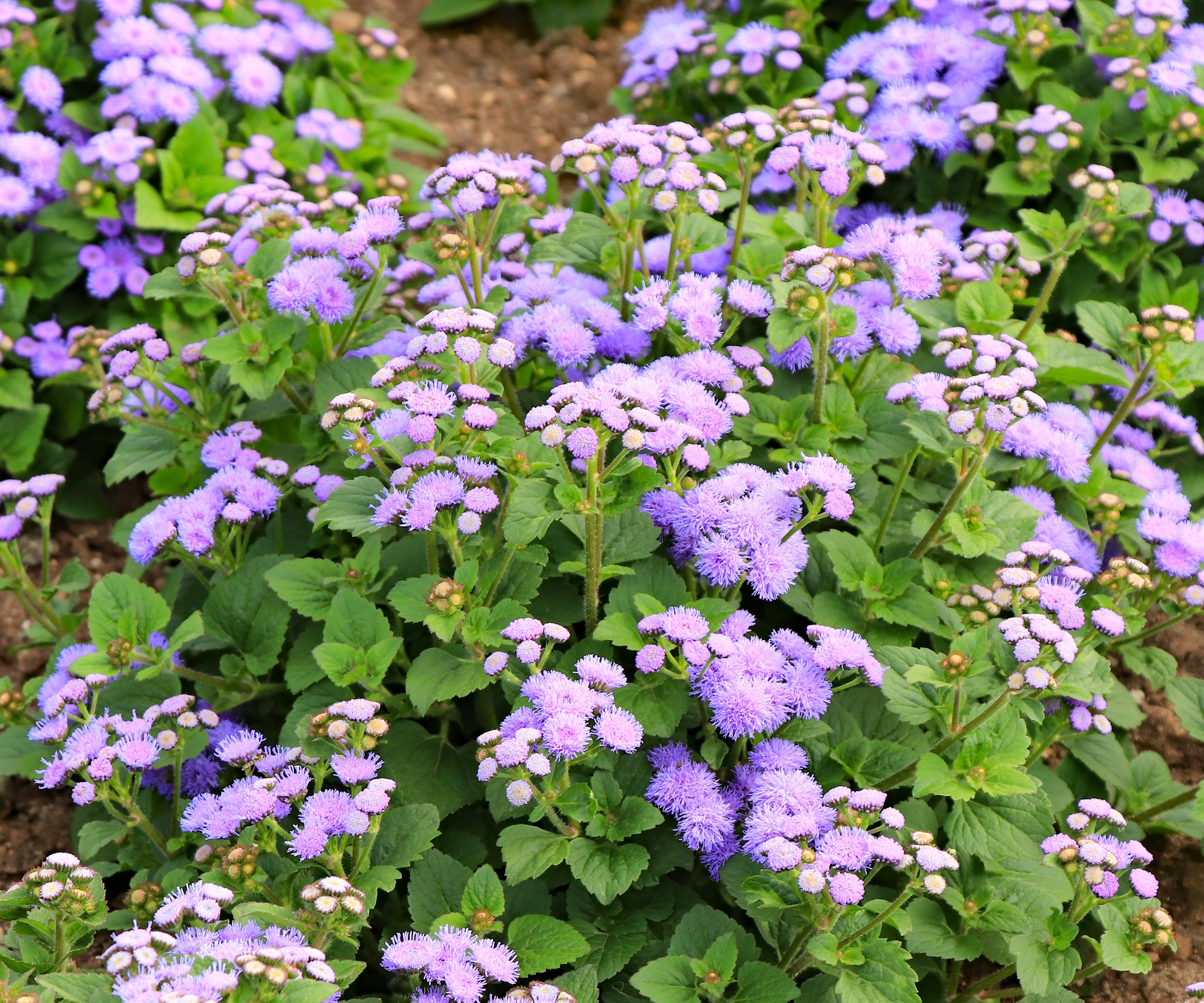
Flossflowers might look delicate, but these purple plants are tough little annuals.
Native to Central America, namely Mexico, Guatemala and Belize, these plants – as you might imagine – do best in bright, sunny yards. In fact, the more sun, the better.
Design expertise in your inbox – from inspiring decorating ideas and beautiful celebrity homes to practical gardening advice and shopping round-ups.
So, if you are toying with where to plant them in your yard, I would suggest finding a spot with six hours of direct sunshine each day, whether in borders or pots.
While they can be treated as perennials in zone 9 or zone 10, for the majority of us in cooler northerly spots, it is best to think of them as annuals that we enjoy for just a few months of the growing season.
In addition, flossflowers contain a compound called coumarin, which is considered to ward off mosquitoes and other biting insects, and is typically found in some insecticides.
Of course, it's not a foolproof way to a pest-free yard, but it might help if you grow in drifts around your patio.
Most varieties are best considered ground cover plants, although one or two, such as Ageratum houstonianum ‘Blue Horizon’, are taller and best suited to the middle or back of the border.
Flossflower seeds can be ordered via Amazon.
Care guide for flossflowers
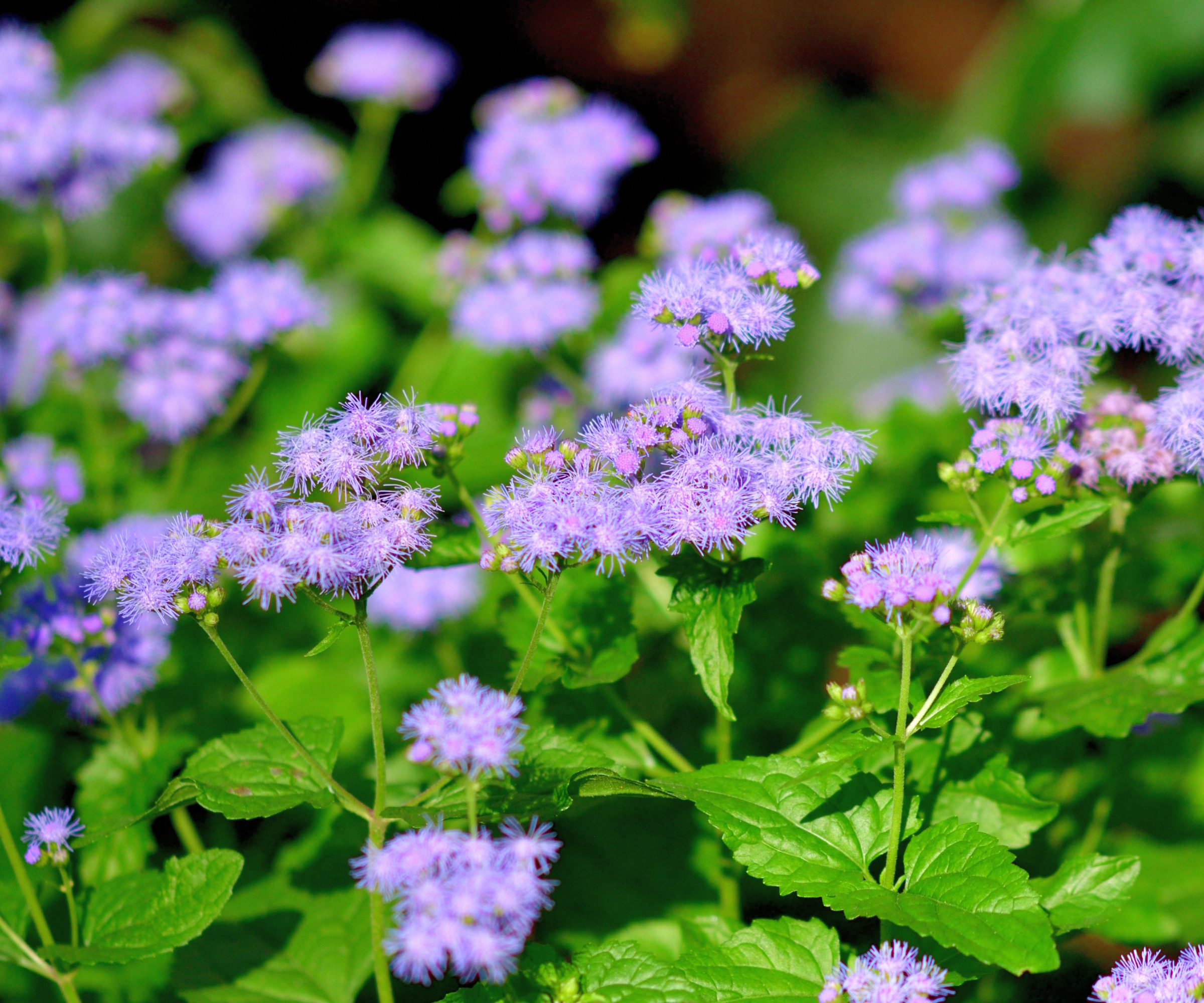
Soil: While these underrated bedding plants are simple to grow, they do best in fertile soil. So, to help them on their way, I recommend spending a little time improving the soil health and structure by mulching. This easy job can be done at any time of year, but it is a good idea to get in the habit of mulching beds and borders in the fall or winter months (I find it easier when perennials have been cut back). Try this organic mulch from Back to the Roots, available now via Walmart.
Light: Ageratum spp. thrive in full sun, but will tolerate part-shade in warmer regions, such as zone 8 or 9. The best (and most vibrant) lilac flowers are produced in bright conditions; however, so try to find a spot with at least six hours of direct sunshine for your bedding plants. In a pot near the patio of the front door is often a good idea.
Watering: Flossflowers can tolerate heat just fine, but to do so, they need consistently moist soil, especially when grown in pots. You want to avoid waterlogging, but give them a good, deep watering every few days to keep those blooms coming.
Fertilizing: Use something like this bloom booster fertilizer by Dr. Earth, available via Walmart, on a three-weekly basis. Applying a liquid feed during the growing season can extend and boost flowering through to fall.
Pruning: You can pinch out growing tips earlier in the summer to keep plants compact and bushy (for taller varieties). Otherwise, deadheading will help to keep plants looking tidy and encourage more flowers later in the season.
Toxicity: Ageratum spp. are considered toxic for both humans and pets, having a nasty effect if ingested. So, it is best to keep it away from inquisitive hands and mouths.
FAQs
Can I grow flossflower in pots?
Yes, flossflowers can be grown in pots. In fact, this tender plant is perfect for adding pops of lilac to your container displays. In summer, I would recommend keeping the soil well-watered, and be sure to fertilize once every few weeks with a bloom booster feed, which will encourage the plant to keep producing flowers through to fall.
If you have a greenhouse, you can take softwood cuttings of flossflowers in summer, protecting them in the warmth until spring, when they can then be planted outside as the temperature rises.
For a lilac-blue low-growing plant, see our guide on how to grow lungwort.
Shop flower growing essentials

Thomas is a Content Editor within the Gardens Team at Homes and Gardens. He has worked as a professional gardener for both public spaces and private estates, specializing in productive gardening, growing food and flowers. Trained in Horticulture at the Garden Museum, he has written on gardening and garden history for various publications, including The English Garden, Gardens Illustrated, Hortus, The London Gardener and Bloom. He has co-authored a Lonely Planet travel book, The Tree Atlas, due out in 2024.
You must confirm your public display name before commenting
Please logout and then login again, you will then be prompted to enter your display name.

